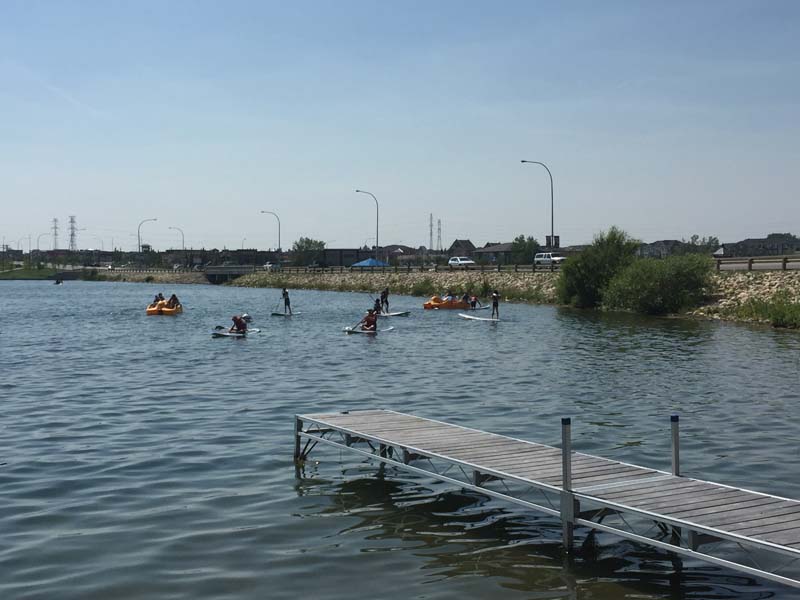
With this summer already proving to be a hot one, hundreds of people have been try to find relief from the heat by taking a dip in the lake. Public beaches have been swamped with families and individuals just looking to soak up a little sun and cool off in the water. But over the past few weeks, some residents have complained of either themselves or their children ending up with swimmers itch.
Swimmer’s itch is a temporary, itchy rash caused by small worm-like parasites called schistosomes (shiss-toe-soams). Schistosomes spend their life cycle as parasites in the bodies of water snails and in the blood stream of aquatic mammals, ducks or other waterfowl. During their life cycle, schistosome larvae leave their snail host and swim near the surface of the water, looking for bird and mammal hosts.
Health Link BC states that these parasites can be found in many lakes, ponds usually in the warm summer months. Wind near the shoreline can push the tiny larvae to the edges of lakes where they float near the surface. They also state that young children who wade and splash in shallow areas of lakes and ponds may be at higher risk because they are constantly getting wet, without thoroughly drying off, they usually play by the shore where these parasites tend to be and younger children’s skin can be more sensitive than the skin of an adult.
There really is no way to prevent swimmers itch, other than completed avoiding any lakes, rivers, or basically open water. But there are a few precautions you can take:
• Speaking with other visitors to the area, local health officials, or parks representatives about the water condition before getting in any lake, pond or beach.
• Checking for warning signs at public beaches, lakes and picnic areas that state that swimmer’s itch may be present. Not all beaches have signage for swimmer’s itch. If you are unsure about the water, avoid areas with lots of weed growth. There may be more snails and larvae around plants.
• Applying waterproof sunscreen before bathing may help reduce the number of larvae from penetrating your skin
• Drying yourself off with a towel as soon as you come out of the water. If possible, have a shower and dry off right away. Showering will not remove any larvae that have already burrowed under your skin.
Lake Bonavista in Calgary recently had reports of cases of swimmers itch in their lake, with their last swimmers itch outbreak being in 1997. Despite reports of swimmers itch, officials say it should not deter people from taking to Alberta waters to cool off in the summer heat.
The group at www.swimmersitch.ca, have been collecting data on swimmers itch and provide great information. They show a ‘risk map’ which shows places all over Canada where swimmers itch has been reported. They also have a page where they want those that have experienced this to report their case and where they were at the time they contracted it.
When asked for a comment, the City of Chestermere stated that the lake is tested in four different locations regularly and they have not been alerted to any results that would be alarming. They feel confident in the condition of the lake.
Should you think you have swimmers itch, you should consult with your physician and you can also report it at www.swimmersitch.ca and also contact Alberta Health Services.








